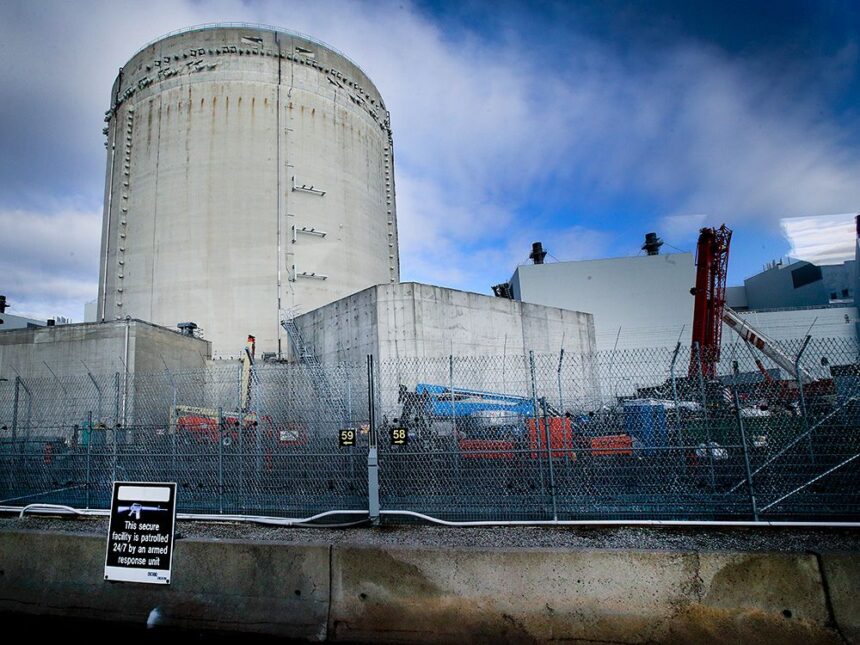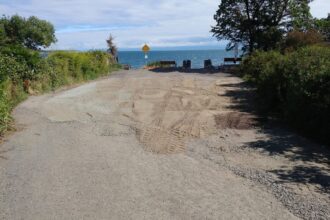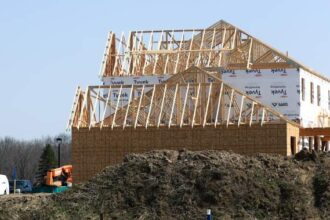In a landmark shift for Canada’s energy landscape, Ontario has officially launched a $21 billion investment in small modular nuclear reactors (SMRs) at the Darlington site, marking the province’s bold step toward next-generation nuclear technology amid growing climate concerns and energy demands.
The groundbreaking ceremony at the Darlington Nuclear Generating Station east of Toronto signals the start of what Ontario Premier Doug Ford calls “the largest clean energy project in the country’s history.” This project represents the first grid-scale SMR to be constructed in Canada, with completion targeted for 2029 and operations expected to begin by 2030.
“This isn’t just about generating electricity—it’s about securing Ontario’s energy independence for generations to come,” said Ontario Energy Minister Todd Smith at the ceremonial groundbreaking. “With this project, we’re demonstrating that nuclear innovation remains at the heart of Ontario’s clean energy strategy.”
The initiative arrives at a critical juncture as Ontario faces projected electricity shortages within the next five years. According to Ontario Power Generation (OPG) estimates, the SMR will generate approximately 300 megawatts of electricity—enough to power 300,000 homes—while producing zero carbon emissions.
Unlike traditional nuclear plants, SMRs offer a more compact design with enhanced safety features and flexibility. The GE Hitachi BWRX-300 model selected for Darlington represents a significant technological advancement, with modular components that can be manufactured off-site and assembled more quickly than conventional reactors.
The economic benefits extend beyond energy production. The project is expected to create over 1,600 jobs during construction and support hundreds of permanent positions once operational. Furthermore, OPG projects that Ontario’s domestic nuclear supply chain will capture significant economic value from the development.
Not everyone shares the government’s enthusiasm, however. Several environmental organizations have expressed concerns about the project’s cost effectiveness compared to renewable alternatives like wind and solar power. Critics also point to the still-unresolved question of nuclear waste management as a persistent challenge.
“We’re committing billions to an unproven technology when we could be investing in renewable solutions that are already cost-competitive and waste-free,” said Jack Thompson of the Clean Energy Coalition, reflecting the division in public opinion.
Nevertheless, provincial and federal authorities remain convinced that nuclear power must play a central role in Canada’s energy transition. Federal Natural Resources Minister Jonathan Wilkinson emphasized that the Darlington SMR project aligns with Canada’s goal to reach net-zero emissions by 2050.
“The reality of climate change demands that we explore all viable clean energy options,” Wilkinson noted during the ceremony. “Small modular reactors represent a promising technology that can complement renewables in our journey toward decarbonization.”
Ontario’s investment comes as several other provinces, including Saskatchewan and New Brunswick, are also exploring SMR technology. This multi-province interest has created momentum for a Canadian SMR industry that could potentially export technology and expertise globally.
Industry analysts suggest that if successful, the Darlington project could position Canada as a leader in next-generation nuclear technology, creating export opportunities in a market estimated to be worth hundreds of billions over the coming decades.
As construction begins and debates continue, one question remains central to Ontario’s nuclear gamble: Will this massive investment in small modular reactors prove to be the clean energy breakthrough the province needs, or will other technologies ultimately offer more sustainable solutions for our climate crisis?


















